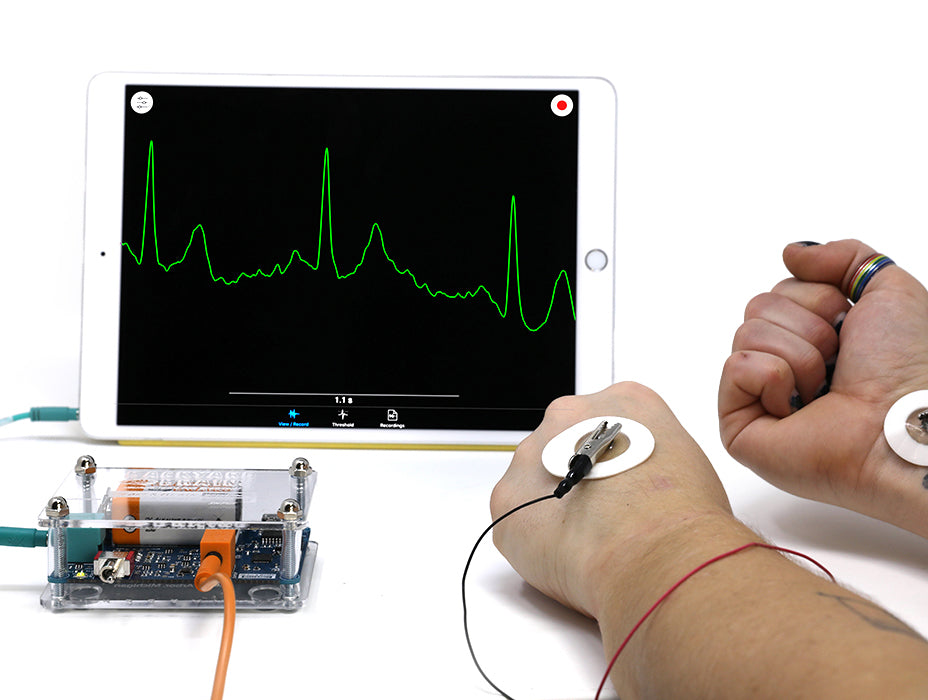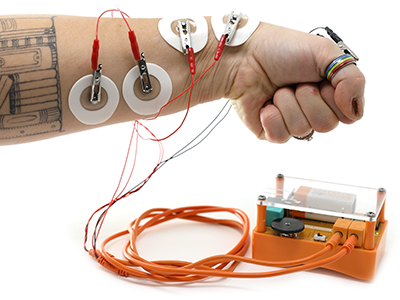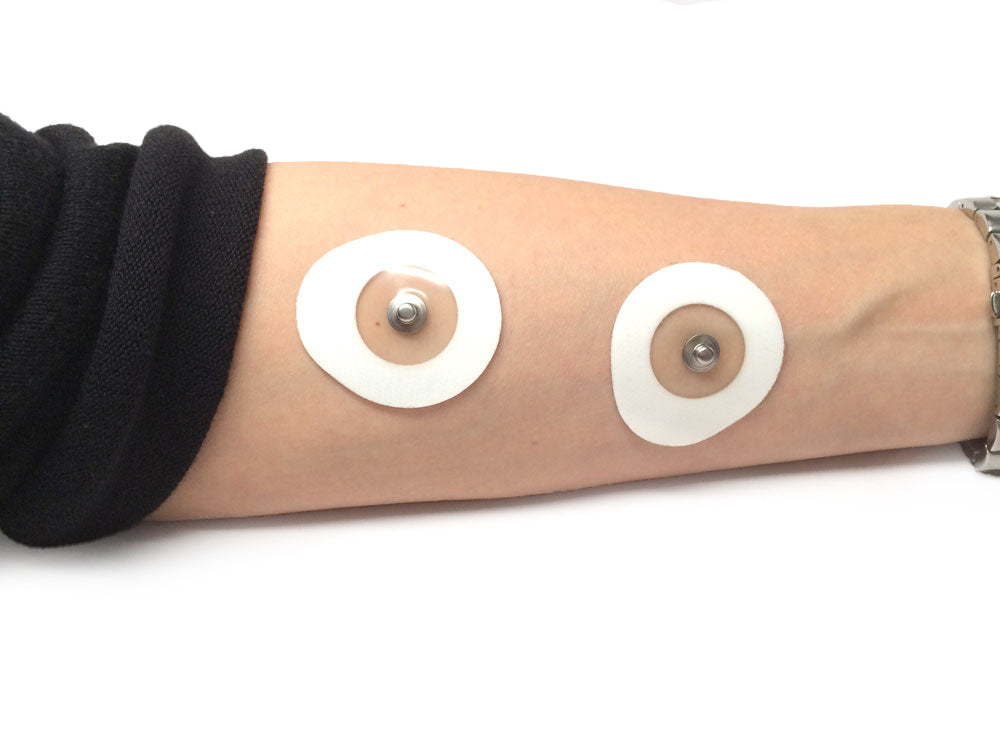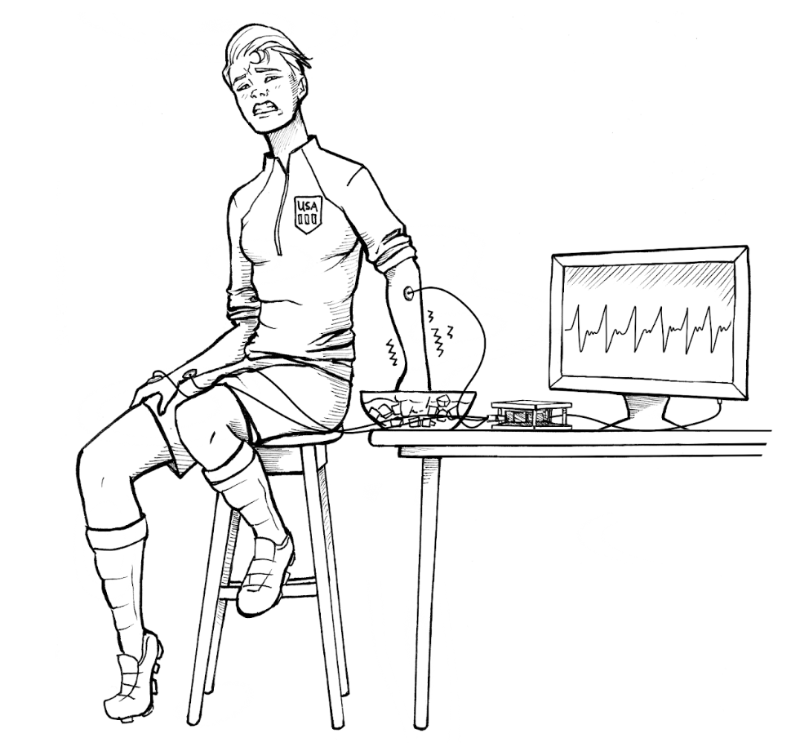
Autonomic Nervous System: Stress Responses

How does your body respond to stress? In this experiment, we explore how the autonomic nervous system regulates heart rate when placed in "stressful" situations — like submerging your hand in ice cold water!
About experiment
What Will You Learn?
- How the autonomic nervous system (sympathetic and parasympathetic) regulates heart rate.
- How to record and analyze EKG signals (Heart) using a Human SpikerBox.
- How cold-water immersion can induce both a psychological and physiological responses.
Background
Our nervous system isn’t just in our heads—it runs throughout the entire body. This extensive network allows the brain to coordinate far-flung bodily functions. Think of times when you’ve felt anxious or stressed: you may experience a racing heart, sweating, and that “butterflies in your stomach” feeling. The body prepares you for action!
Now think of how you feel after a huge holiday meal—tired and relaxed, almost lulled into a restful state. Your body and brain interact continuously, modulating responses to keep everything running smoothly.
In this experiment, we’ll create brief, safe stressors to observe how the body’s autonomic nervous system responds. We’ll use an ice-water bath (the "Ice Water Test"), to determine if this is a "fight or flight" or a "rest and digest" response.
Experiment
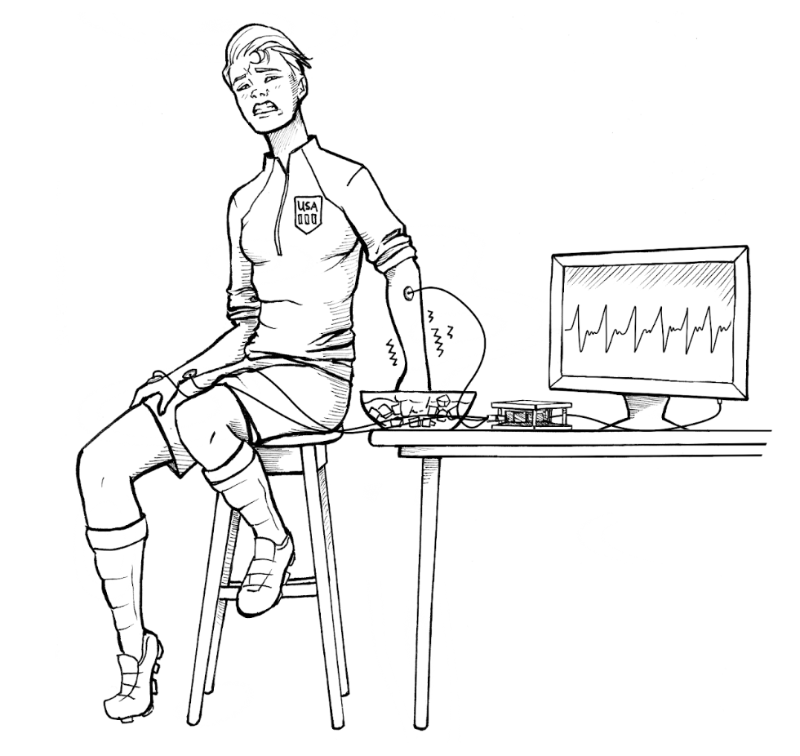
Ice-Water Hand Submersion Experiment
Materials:
- A large container (bucket/bowl)
- Ice cubes + cold water (roughly a 3:4 ice-to-water ratio)
- Towel for drying off
Setup:
- Fill the container 3/4 full with ice, then add cold water until the mixture is near 0° C (32° F).
- Place EKG patches on each upper forearm near the elbow. Why upper arm? You need to keep the electrode dry!
- Connect alligator clips from the SpikerBox: red leads to the upper forearm patches, black lead to a ground patch on the back of the opposite hand.
- Launch your recording software (SpikeRecorder), verify the SpikerBox is recognized, and note your resting heart rate.
Procedure:
- Record baseline heart rate. To see if the heart rate changes, we need to know the "before ice" rate.
- Submerge your hand. Carefully place your hand in the ice water (keeping the electrode patches dry above the forearm).
- Record heart rate. Keep your hand immersed until it becomes quite uncomfortable. Then remove your hand and immediately note your heart rate.
- Rest and repeat. Warm your hand back up, let your heart rate settle, and then repeat 2–3 times, logging the data to get an average.
Results & Analysis
How does your heart rate change? Was it dramatic? Does it vary between trials or individuals? Discuss how these findings align with either sympathetic vs. parasympathetic control.
What do you need
-
Products and Accessories Needed:


